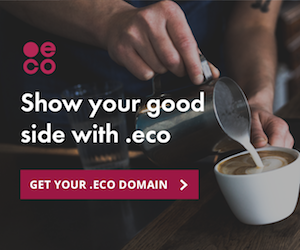
EU organic products label

The organic product label indicates that the product has been grown within sustainable cultivation systems. Foods may only be marked as "organic" if at least 95% of their agricultural ingredients are organic. Organic ingredients in non-organic food may be listed as organic in the list of ingredients, as long as this food has been produced in accordance with the organic legislation. In order to ensure better transparency, the code number of the control body must be indicated.
The requlations of January 2009 brought greater emphasis on environmental protection, biodiversity and high standards of animal protection.
Organic production respects natural systems and cycles. Sustainable production should be achieved insofar as possible with the help of biological and mechanical production processes, through land-related production and without the use genetically modified organisms (GMO).In organic farming, closed cycles with the use of the internal resources are preferred to open cycles with the supply of external resources. Ideally, external resources should be limited to organic resources from other organic farms, natural or naturally obtained materials and low soluble mineral fertilisers. In exceptional cases, however, chemical synthetic resources may be permitted if suitable alternatives are lacking. These are only authorised and listed in positive lists in the Annex of the Commission Regulation after a thorough investigation by the Commission and the Member States.
Learn more: EU organic products label website![]()
Conformity assessment | How is compliance with this ecolabel's standard ensured?
Conformity with EU organic products label's standard is verified by unknown.
Certification / registration required
Unknown
Managing organization | Who manages this ecolabel?
Name
Member of
Unknown
Type
Government
Also manages
Advertisement
Key data
Year ecolabel est. 1991Classification | Who, what, where
Product categories this ecolabel applies to
Food
Where this ecolabel is found
Unknown
Last updated: 20 January 2012
